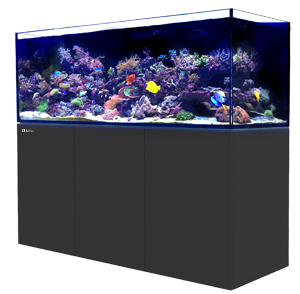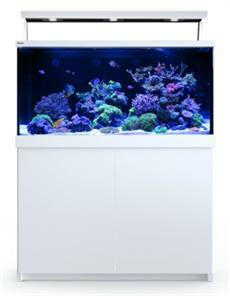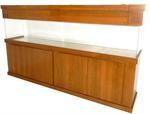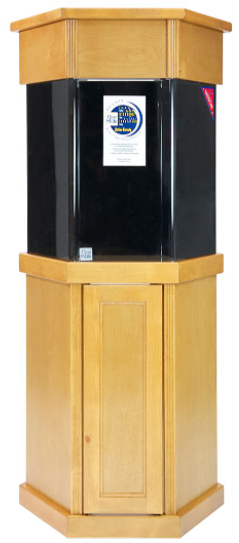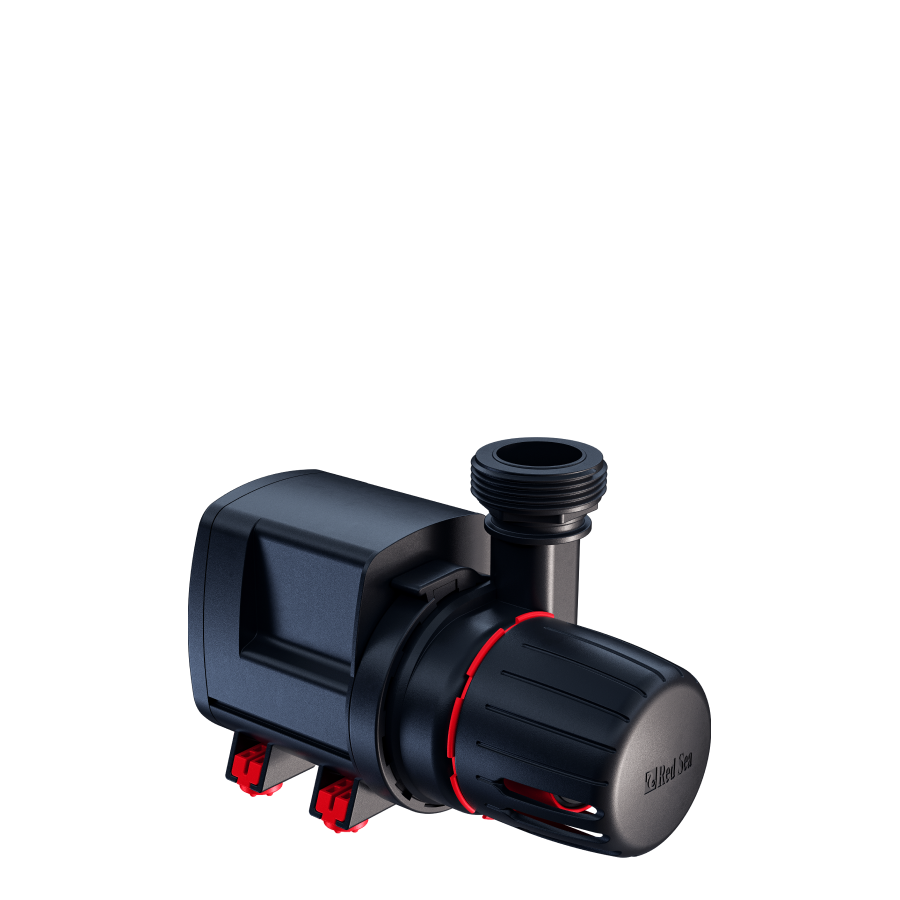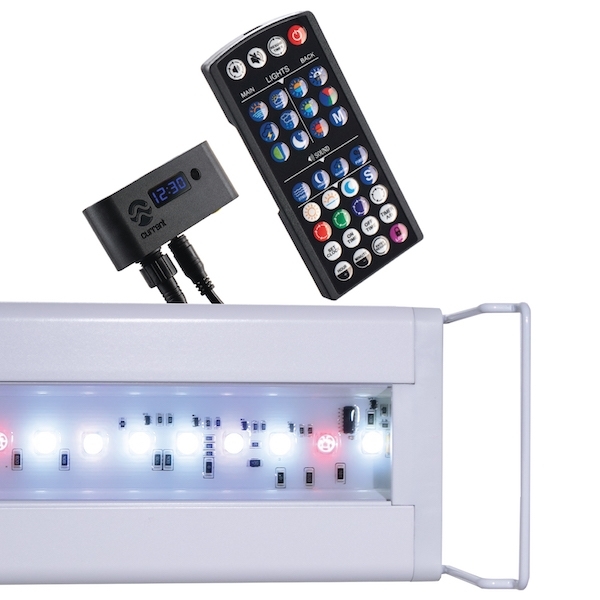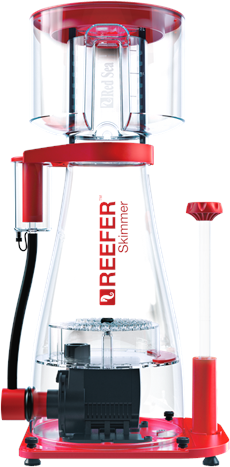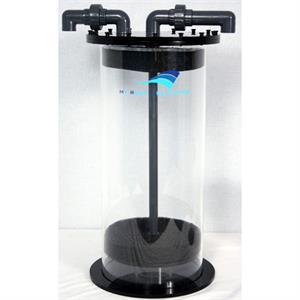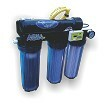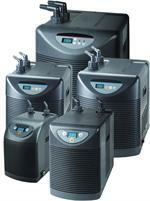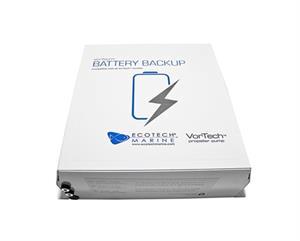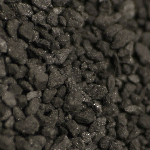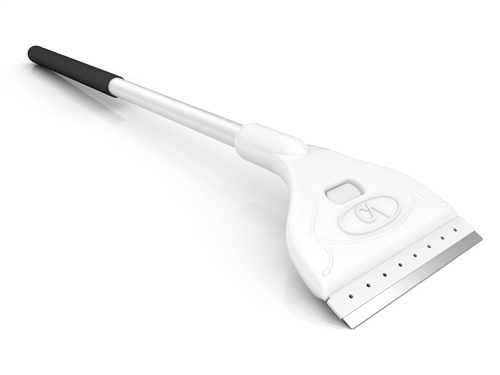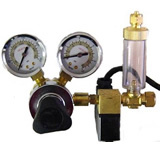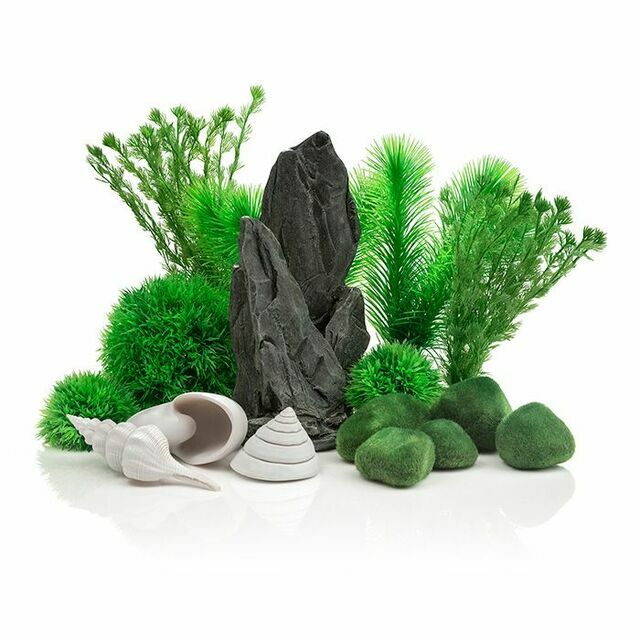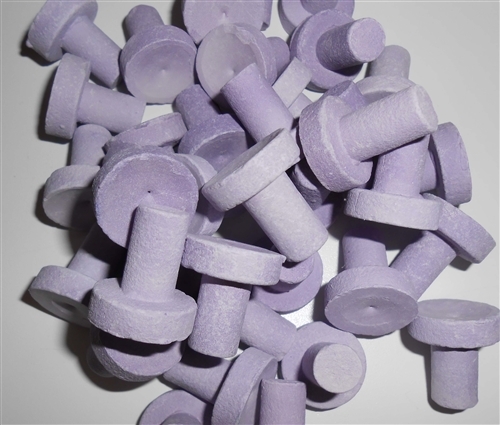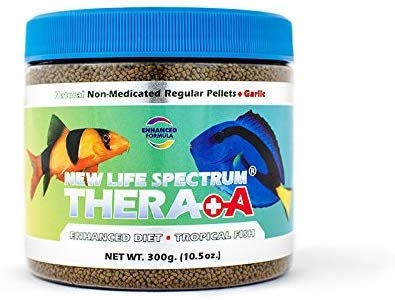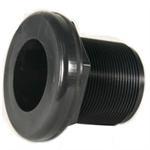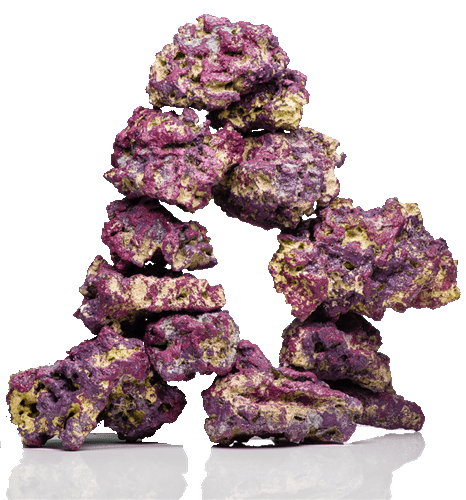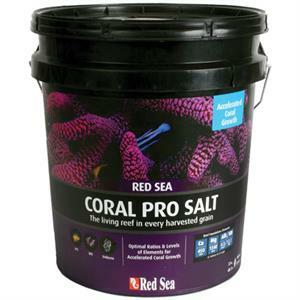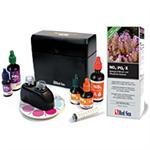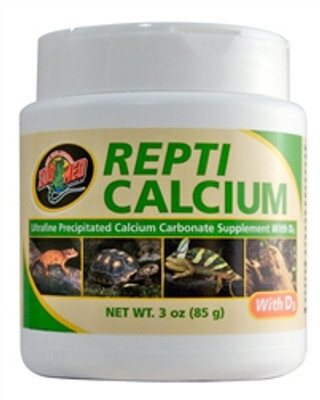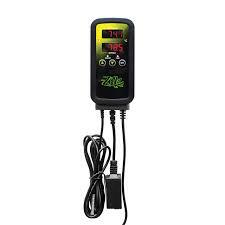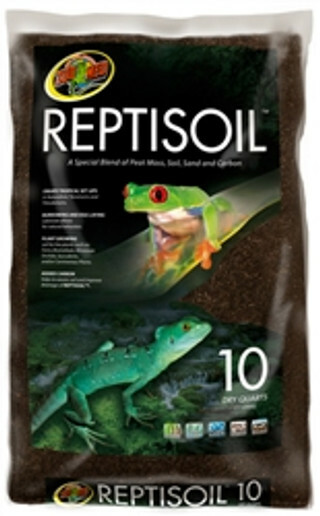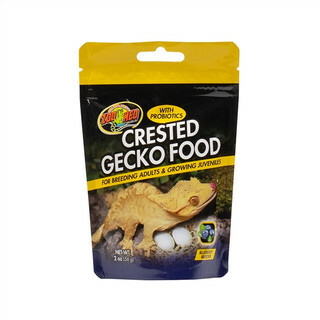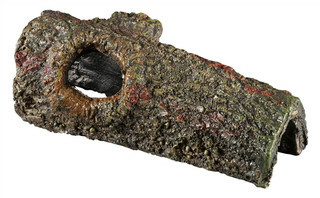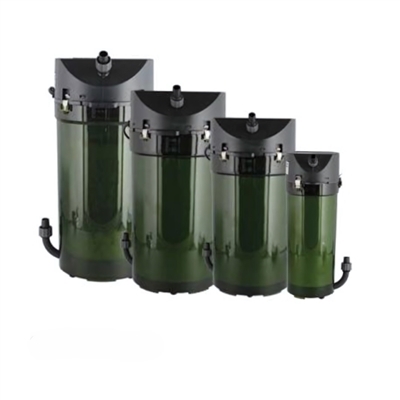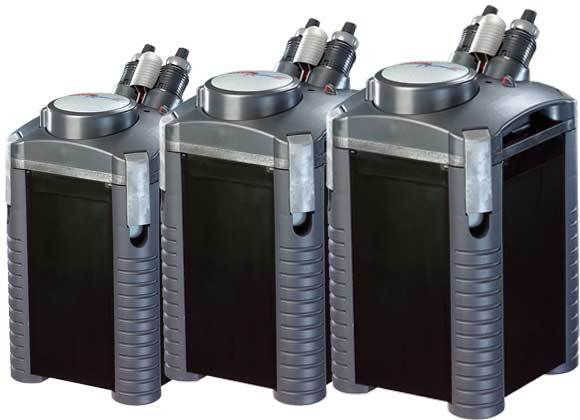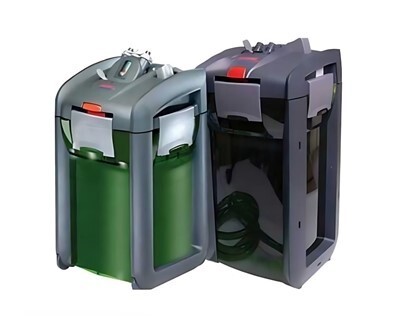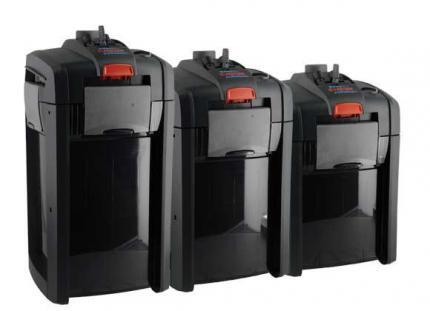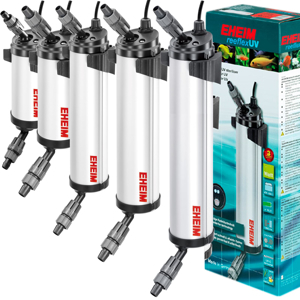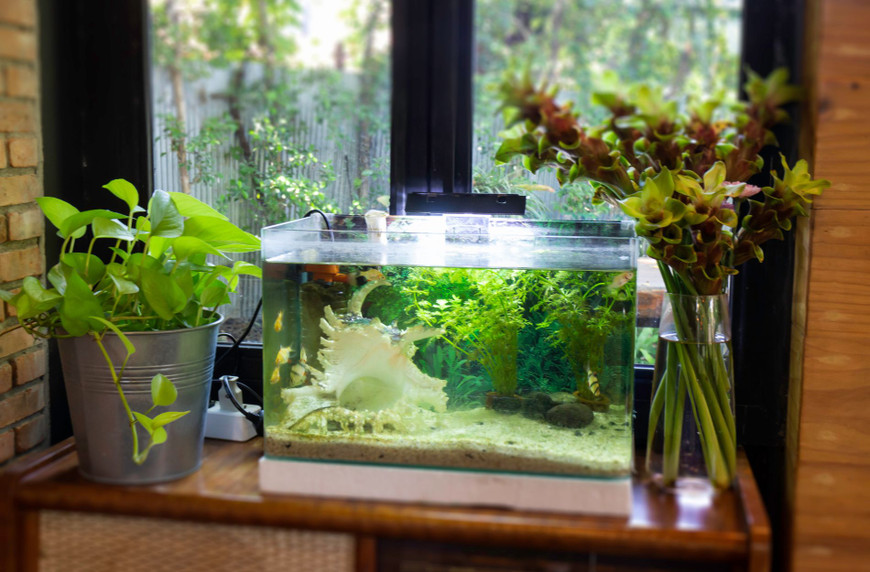Choosing the Best Aquarium Heater for Your Tank
Fish Tanks Direct on Oct 18th 2024
Choosing the right aquarium heater is vital to maintaining a stable, healthy environment for your aquatic life. Proper temperature regulation ensures that fish, plants, and other organisms thrive in conditions that closely mimic their natural habitat. A reliable heater prevents temperature fluctuations that can stress or harm the creatures in your tank.
Aquarium heaters come in various types, each with unique benefits suited to different setups and needs. Selecting the right heater involves considering factors such as tank size, species requirements, and ambient room temperature. Proper placement and installation of the heater also play a crucial role in its effectiveness.
Understanding the importance of regular maintenance and knowing how to troubleshoot issues can help prolong the lifespan of your heater and keep your aquarium running smoothly. By gaining insight into these aspects, you can make an informed choice that will benefit your aquatic environment for a long time.
Understanding the Different Types of Aquarium Heaters
Selecting the ideal aquarium heater starts with understanding the different types available. Every type serves a specific purpose and is suitable for various tank setups.
- Submersible Heaters: These heaters are fully submerged in the tank water and can be placed horizontally or vertically. They offer even heat distribution and are popular for their efficiency.
- Hang-on Heaters: These are mounted on the back or sides of the aquarium. They are partially submerged, with the heating element in the water and the controls outside. They are easy to install but might not provide as even heating as submersible heaters.
- In-line Heaters: Installed outside the tank, in-line heaters are connected to an external filter system. They are excellent for providing uniform heat without taking up space inside the tank.
- Substrate Heaters: These are placed under the substrate or gravel. They are ideal for planted tanks as they promote root growth by gently warming the substrate.
- Heating Cables: Similar to substrate heaters, heating cables lie beneath the gravel or substrate and are beneficial for plant growth, creating a slightly warmer bed for roots.
Understanding these types helps in selecting the most suitable one for your aquarium’s specific needs.
Factors to Consider When Choosing an Aquarium Heater
When picking an aquarium heater, several factors need to be taken into account to ensure you make the right choice.
- Tank Size: The heater’s wattage should match the tank size. A general rule is 3-5 watts per gallon of water. Larger tanks may require multiple heaters for even temperature distribution.
- Fish Species: Different species have various temperature requirements. Research the ideal temperature range for your fish and choose a heater that can maintain that range consistently.
- Room Temperature: Consider the ambient temperature of the room where the tank is located. If the room is cooler, you may need a more powerful heater to maintain the desired temperature.
- Durability: Look for heaters made of durable materials like shatterproof glass or titanium, especially if you have larger, more active fish that could damage the heater.
- Adjustability: Choose a heater with an adjustable thermostat for precise temperature control. Some heaters come with built-in thermostats, while others require an external controller.
- Safety Features: Opt for heaters with safety features such as automatic shut-off to prevent overheating and thermal protection to guard against malfunction.
Considering these factors allows you to choose a heater that ensures a stable and healthy environment for your fish.
Proper Placement and Installation of Aquarium Heaters
Proper placement and installation of your aquarium heater are crucial for achieving optimal performance and even heat distribution. Here are some guidelines to follow:
- Submersible Heaters: Place the heater at a diagonal angle or horizontally near the water flow, such as next to the filter outlet. This helps distribute heat uniformly across the tank.
- Hang-on Heaters: Install these heaters on the tank's side or back wall, ensuring the heating element is fully submerged. Position them where there’s consistent water movement to avoid hot spots.
- In-line Heaters: Connect in-line heaters to the external filter system’s return line. This setup ensures the heated water is circulated back into the tank evenly.
- Substrate Heaters and Heating Cables: Lay these heaters or cables beneath the substrate, ensuring they are evenly spread out to avoid concentrated hot spots. They are ideal for planted tanks requiring gentle, consistent heating.
Always check the manufacturer’s instructions for specific installation guidelines. Proper heater placement is essential for maintaining a stable and healthy aquarium environment.
Maintaining and Troubleshooting Your Aquarium Heater
Regular maintenance and troubleshooting are key to ensuring the longevity and effectiveness of your aquarium heater. Here are some essential tips:
- Routine Inspections: Check the heater regularly for signs of wear, cracks, or malfunction. Make sure the thermostat is functioning correctly by comparing the tank’s temperature with a reliable thermometer.
- Cleaning: Keep the heater clean from algae or debris that can accumulate over time. Unplug the heater and gently wipe it down with a soft cloth to maintain efficiency.
- Monitor Temperature: Regularly monitor the aquarium’s temperature to ensure the heater maintains the correct range. Sudden fluctuations in temperature could indicate a problem with the heater.
Troubleshooting Issues:
- If the heater is not turning on, check the power source and make sure the plug is securely connected.
- If the heater is not maintaining the tank’s temperature, test the heater in a separate container of water to see if it reaches the desired temperature.
- Replace the heater if it shows any signs of damage or fails to maintain a consistent temperature, as malfunctioning heaters can harm your aquatic life.
Conclusion
Selecting and maintaining the right aquarium heater is vital for creating a stable and healthy environment for your fish and plants. By understanding the different types of heaters, considering key factors when choosing one, and ensuring proper installation and maintenance, you can keep your tank at the ideal temperature for its inhabitants.
At Fish Tanks Direct, our aquarium shop offers a range of high-quality aquarium heaters and accessories to suit every need. Explore our products to find the perfect heater for your tank and ensure a thriving aquatic ecosystem. Visit Fish Tanks Direct to elevate your aquarium care today!

